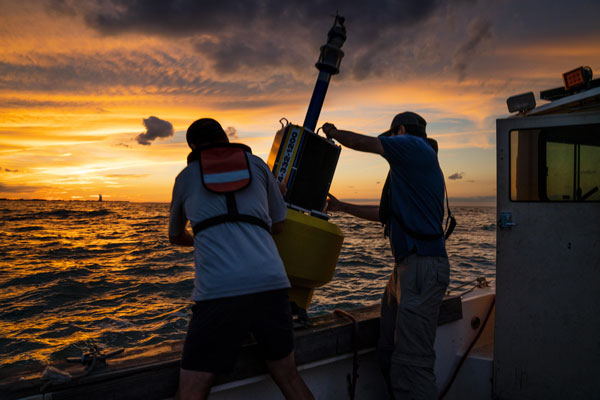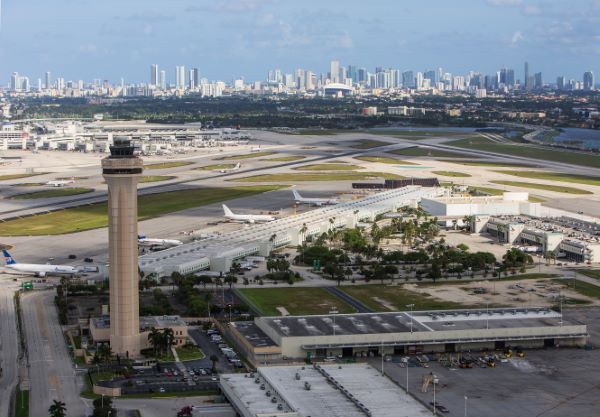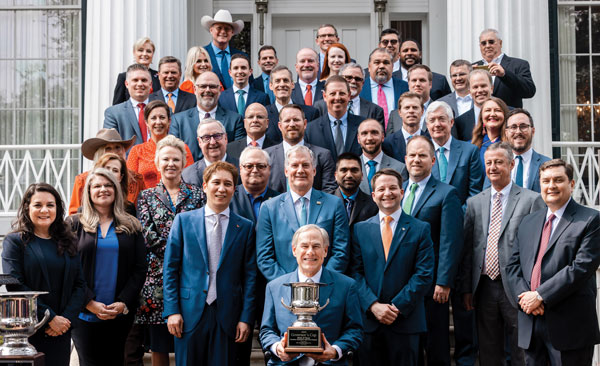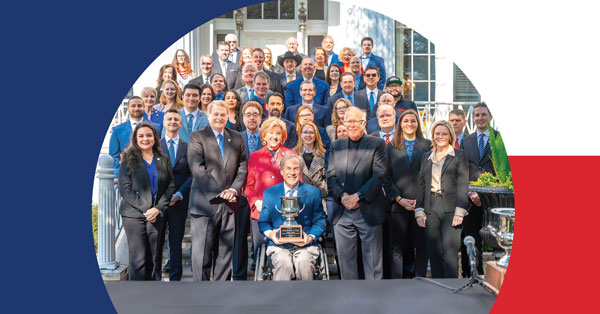|
|
|
|
|
|
|
|
|

|
|
|
EDITOR’S VIEW
Silver Linings Playbook Revisited
Despite proverbial headwinds, 88% of respondents to a Kearney survey said they will increase their foreign direct investment over the next three years. Adam Bruns considers tendencies toward optimism and happiness.
|
|
Read More >>>>
|
|
|
|
|
ADVERTISEMENT

|
|
|
|
|
|
|
|
|
|
|
ADVERTISEMENT

|
|
|
|

Map image courtesy of TeleGeography
|
|
A report by Nikkei last weekend documented how geopolitical tensions “have begun to affect the flow of global data due to an expected sharp fall in new undersea cables linking China with the rest of the world.” Behind projects such as a $1 billion investment by Google to build two new submarine cables linking Japan, Guam and Hawaii, said TeleGeography Research Director Alan Mauldin, lies a “subsea cold war” between the U.S. and China.
Site Selection checks in with TeleGeography frequently, including our 2020 report on how subsea cables influence data center location decisions and a 2022 story about how new data centers in Querétaro, Mexico, are helping digitize Mexican industry thanks to the presence of subsea cables.
|
|
|
|

|
|
Wisconsin offers unique advantages to biohealth companies. Whether your focus is medical devices, life sciences, pharma, research, or innovation, you’ll find a thriving biohealth sector, low overall risk, and prime locations throughout Wisconsin.
Location and Robust Infrastructure
- Situated conveniently between Chicago and Minneapolis, with sites less than an hour from their international airports
- Well-developed infrastructure to move goods via rail, road, air or water
Stable, Educated Workforce
- Our biohealth workforce is nearly 50,000 strong
- The statewide University of Wisconsin system awards 41,000+ four-year degrees annually
- The Wisconsin Technical College System provides customized training and 90% of employers said graduates met or exceeded expectations
Geographically and Fiscally Stable
- Low risk of natural disasters
- A stable, low-tax, low-regulation, business-friendly environment
Join the more than 1,700 biohealth companies finding success in Wisconsin. Let’s look forward together.
|
|
|
|
|
Iron Avenue Principal Matt Gedney this month posted his work on industrial site density east of the Mississippi River. The map includes more than 2,000 publicly listed sites of 100 acres or larger, with color coding denoting areas’ site density. “Immediately noticeable is the severe drop-off in inventory starting with Pennsylvania and Maryland, before continuing into the northeast with 100+ acre sites almost non-existent,” he observes. “Communities without high-quality, larger sites miss out on transformational opportunities. Whole states without adequate inventory miss out on so much more.” Hence Pennsylvania Gov. Josh Shapiro’s announced investment of $500 million in a PA Sites program to catch up.
Gedney salutes the accomplishments of the Southeast’s I-95/I-85 corridor and the Midwest’s I-90/I-70 corridor. “What’s worth re-emphasizing is that these two regions show a strong commitment to industrial site availability for future site selection efforts,” he writes, “and have the project win ROI to double down on those reinvestments.”
|
|
|
|

|
|
The International Olympic Committee is burnishing its reputation with a platinum certification. The IOC announced this week that Olympic House, its HQ in Lausanne, Switzerland, has achieved LEED Platinum v4.1 certification for its operations and maintenance. Among aspects of the site’s everyday sustainability: “More than 60% of staff members are now using sustainable mobility options, such as walking, cycling or public transport,” the IOC said in a release. Inaugurated in June 2019, the building “was the first to obtain the LEED Platinum v.4 certification for Design and Construction, receiving 94 points — the highest score at the time.”
“Recertification ensures that ongoing operations and maintenance practices help advance sustainability goals, including climate action, resource conservation and occupant health,” said Peter Templeton, president and CEO of the U.S. Green Building Council. “The LEED Platinum-certified Olympic House is a model of sustainable building operations, delivering higher performance while protecting people and the environment.”
|
|
|
|








